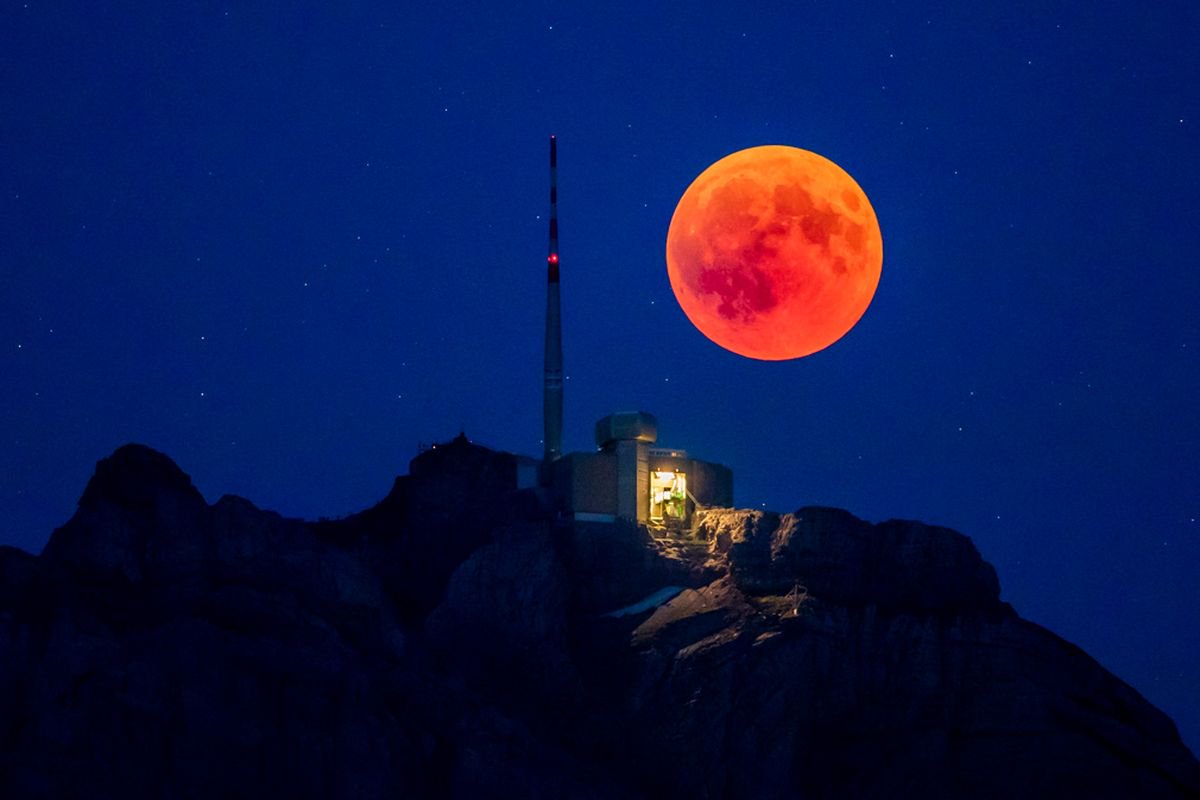The first — and only — total lunar eclipse of 2019 is happening on Sunday, Jan. 20, and those who live in North and South America will have a front row seat to the whole show.
During the eclipse, the Moon will turn a shade of red, which is why these events are often referred to as Blood Moons. This particular eclipse is even more special than usual, as the Moon will be a tad closer to us than it normally is, the Verge reported.
A lunar eclipse occurs when the Earth passes directly between the Sun and the Moon. When that happens, the Earth blocks most of the light from the Sun, and the Moon is then plunged into our planet’s shadow, also called the umbra. However, the Moon does not go fully black like the Sun does during a solar eclipse. That is because sunlight still slips past the outer edges of the Earth and hits the Moon.
But the light that does sneak past Earth is mostly reddish-orange. That is because the sunlight has been scattered. The light creeping around the sides of our planet is passing through a lot of atmosphere and all of the molecules in our air cause certain types of light to scatter.
Light will bump up into tiny particles of nitrogen and oxygen, which flings the light outward in all directions. But this effect is more pronounced for light on the blue end of the spectrum, which has much shorter wavelengths. It bumps into all these molecules more easily, while red light, with its much longer and more stretched-out wavelengths, can slip through.


